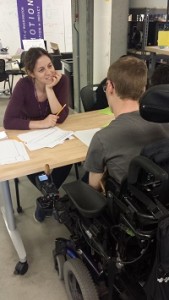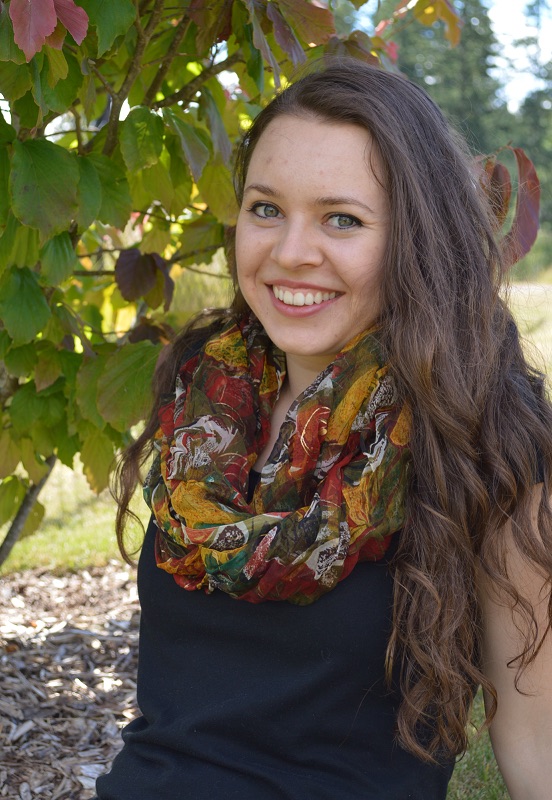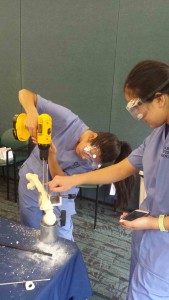 This week a team of our faculty and undergraduate students (3 research students from the Center for Sensorimotor Neural Engineering and 6 scholars from the UW DO-IT program for teens with disabilities) took on the challenge to help make makerspaces more accessible.
This week a team of our faculty and undergraduate students (3 research students from the Center for Sensorimotor Neural Engineering and 6 scholars from the UW DO-IT program for teens with disabilities) took on the challenge to help make makerspaces more accessible.
Many engineering departments, libraries, and universities are launching new initiatives to create makerspaces, physical spaces where students, faculty, and the broader community can gather and share resources and knowledge, work on projects, network, and build. In creating these innovative spaces we should consider principles of universal design to ensure the spaces, tools, and community are accessible to as many individuals as possible.
As one of our participants told us, accessibility of makerspaces is especially important because:
Makerspaces are often used to help build new assistive technology and increase accessibility; however, many of these spaces and tools remain inaccessible. We need to make sure disabled people can access these spaces and create the products and designs that they actually want.
The students toured the UW’s CoMotion Makerspace before completing a prototyping challenge to design the ideal wallet. Students worked in teams of two and dove into our challenge which focused upon both teaching need-based, human-centered design while also giving students the chance to get messy, test out tools, and create. The groups came up with some great insights into how wallets could be improved and prototyped some creative designs. Through this activity we also learned about some of the challenges in the space, tools, and design activity:
- Students loved the moveable tables and flexible workspace – this let everyone find a comfortable and inviting space to create.
- Individuals with visual impairments also said they like the flexible workspace, but also highlighted that it was great that tools were in specific, fixed locations. These individuals emphasized that they build mental maps of a space and, although it is fine to have equipment on wheels, it helped knowing the tools, 3D-printer, laser cutter, etc wouldn’t change locations.
- In the design activity, sketching to share ideas was challenging for some of the participants. Having a diverse set of prototyping tools like clay, cardboard, etc can help to quickly share ideas.
We’ll be taking the feedback from these students and integrating with feedback from faculty, staff, and other community members to help create guidelines and best practices for accessible makerspaces. Stay tuned!
 This award will support clinical trials with 10 kids with CP trying PlayGaitTM in Spring and Summer 2017 along with two quarters of Research Assistant support.
This award will support clinical trials with 10 kids with CP trying PlayGaitTM in Spring and Summer 2017 along with two quarters of Research Assistant support.
 This weekend, 25 women from local high schools, joined surgeons and engineers at Seattle Children’s to learn about common medical tasks and cutting-edge medical technology. They tried their hand at casting, suturing, external/internal bone
This weekend, 25 women from local high schools, joined surgeons and engineers at Seattle Children’s to learn about common medical tasks and cutting-edge medical technology. They tried their hand at casting, suturing, external/internal bone